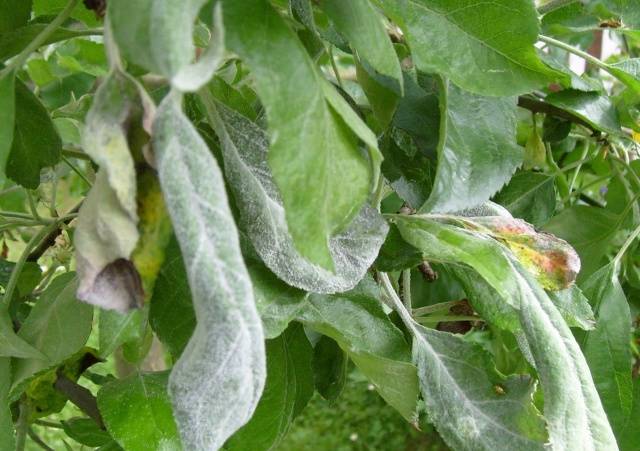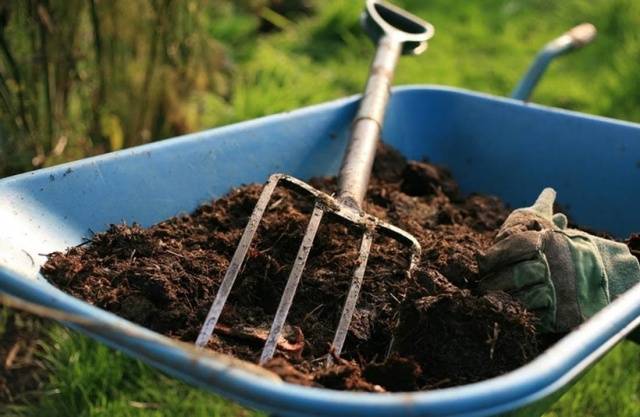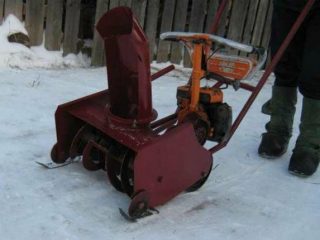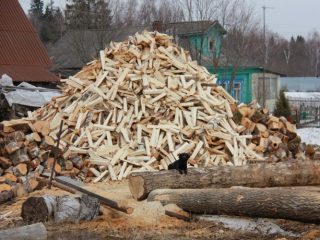Content
Cleaning up leaves in the garden is an additional burden to the mandatory autumn work. Therefore, many summer residents are wondering how justified this procedure is, and whether it is possible to do without it.
Pros and cons of leaf removal
To decide whether to remove leaves from the garden, you need to consider all the pros and cons of this procedure.
Benefits of autumn cleaning:
- prevents the spread of fungi, mold and pests;
- gives the area a well-groomed appearance;
- in unfavorable environmental conditions, heavy metals and other harmful elements accumulate in the foliage.
When deciding whether to remove fallen leaves, take into account the following nuances:
- after leaf fall, natural fertilizer is formed;
- fallen leaves attract earthworms, which improve the composition of the soil;
- foliage serves as additional protection for plants from frost.
Therefore, it is still recommended to remove the foliage and, if necessary, use its beneficial properties. In a summer cottage, cleaning leaves is a preventative measure. The exception is forest areas where fallen leaves are part of the ecosystem.
Mandatory leaf removal
In some cases, cleaning up autumn leaves is a mandatory task.Timely cleaning of the garden is the prevention of many diseases. If there are already signs of the disease, then cleaning the leaves will help prevent its further spread. It is mandatory to remove leaves from the lawn.
Cleaning the orchard
Carrion is removed under fruit trees in the fall. Usually the fruits affected by diseases and pests are the first to fall.
Garden trees attract sawfly, codling moth, leaf roller, and rowan moth. Fungal diseases are also the cause of carrion.
After harvesting, the carrion is taken outside the site to avoid further spread of diseases and pests.
Fungal diseases
If during the season the trees were affected by diseases of fungal origin, then the question of whether the leaves need to be removed is given only a positive answer.
The most common garden diseases are scab, powdery mildew, spot and coccomycosis. These diseases are determined by a number of signs:
- The spread of scab can be detected by the presence of brown spots on fruits and leaves.
- Powdery mildew causes a white coating to appear on the leaves, which gradually turn brown. As a result, the foliage turns yellow, dries out and falls off.
- Spotting leads to the appearance of brown spots with a dark border on the leaves. Gradually, the tissue of the leaf plate dies, which leads to the appearance of through holes.
- With coccomycosis, small red-brown dots appear on the leaves, which eventually merge into one large spot. At the end of summer the foliage turns yellow, curls and falls off.
If there are signs of disease, the leaves are collected and taken outside the garden.It is not recommended to use them in compost because the fungus remains viable for several years.
Lawn care
Leaves must be removed from the lawn. Under such a dense layer, the lawn grass withers and dies. In the spring, numerous bald spots are found on the lawn.
If it snows, it is better to wait until it melts. If you clean a frozen lawn, the greenery becomes more brittle and can be trampled.
Methods for harvesting leaves
Special tools help make gardening easier in the fall. The choice of device depends on the type of area to be treated, as well as its size.
Regular rake
Traditionally, they help remove dry leaves rake, consisting of a metal strip and teeth. This tool helps break up clods of earth and level the soil surface.
It is most convenient to use a slate up to 20 cm wide for garden cleaning. A narrow rake allows you to get rid of natural debris from the most inaccessible areas.
Pitchfork
Another tool that garden work cannot be done without is a pitchfork. If you don't have a rake, you can use a fork for cleaning. They are most often used to remove large debris.
Fan rake
Fan rakes are designed solely for ridding the garden of leaves. This tool contains metal or plastic rods bent at the ends at an angle of 90 degrees.
A metal tool is more reliable.When working with uneven surfaces, it is better to choose a plastic option that has a springing effect.
Blowers
Special devices called blowers have been created for garden cleaning. They are able to put the territory of the site in order for a short period of time.
You can use a blower to do the following:
- collect leaves in a pile to fill the compost bin;
- remove debris using the principle of a conventional vacuum cleaner;
- chop leaves, branches and grass.
Leaf blowers are powered by a gasoline or electric motor. How to choose the right device depends on the size of the area. Gasoline blower It has high power and allows you to clean large areas. The device is noisy and vibrates a lot.
An electric blower has less power and is used for cleaning relatively small areas. The device operates silently and has a low vibration level.
Using fallen leaves
If you have removed the foliage, the question arises of how to use it in the future. If it is not damaged by diseases or insects, then it is used to enrich the soil.
However, it should be remembered that foliage is slowly processed into fertilizer. Therefore, it is recommended to grind it first. Cleaning is carried out in dry weather.
Foliage can be used in the following directions:
- Creation of humus. To do this, fallen leaves are collected in the fall and compacted into tight bags. The contents are filled with water, and the bags themselves are pierced in several places and buried in the ground. The resulting fertilizer can be used starting next spring.
- Mulching. Creating a mulch layer helps prevent the soil from freezing in winter.Fallen leaves fill the beds with winter crops, roses, chrysanthemums and other perennial plants.
- Filling raised beds. Fallen leaves can be used to create beds or fill flower boxes. The leaves are mixed with compost and plant residues. In spring, the beds are covered with soil.
- Decoration of the site. Paths in the garden are decorated with fallen leaves, bouquets and other decorative elements are made from it.
Conclusion
Removing fallen leaves will help keep the area in good condition. Be sure to remove carrion and leaves affected by diseases or pests. The collected material can be used as fertilizer or to create beds. The use of garden tools or special equipment helps to simplify the cleaning process.















